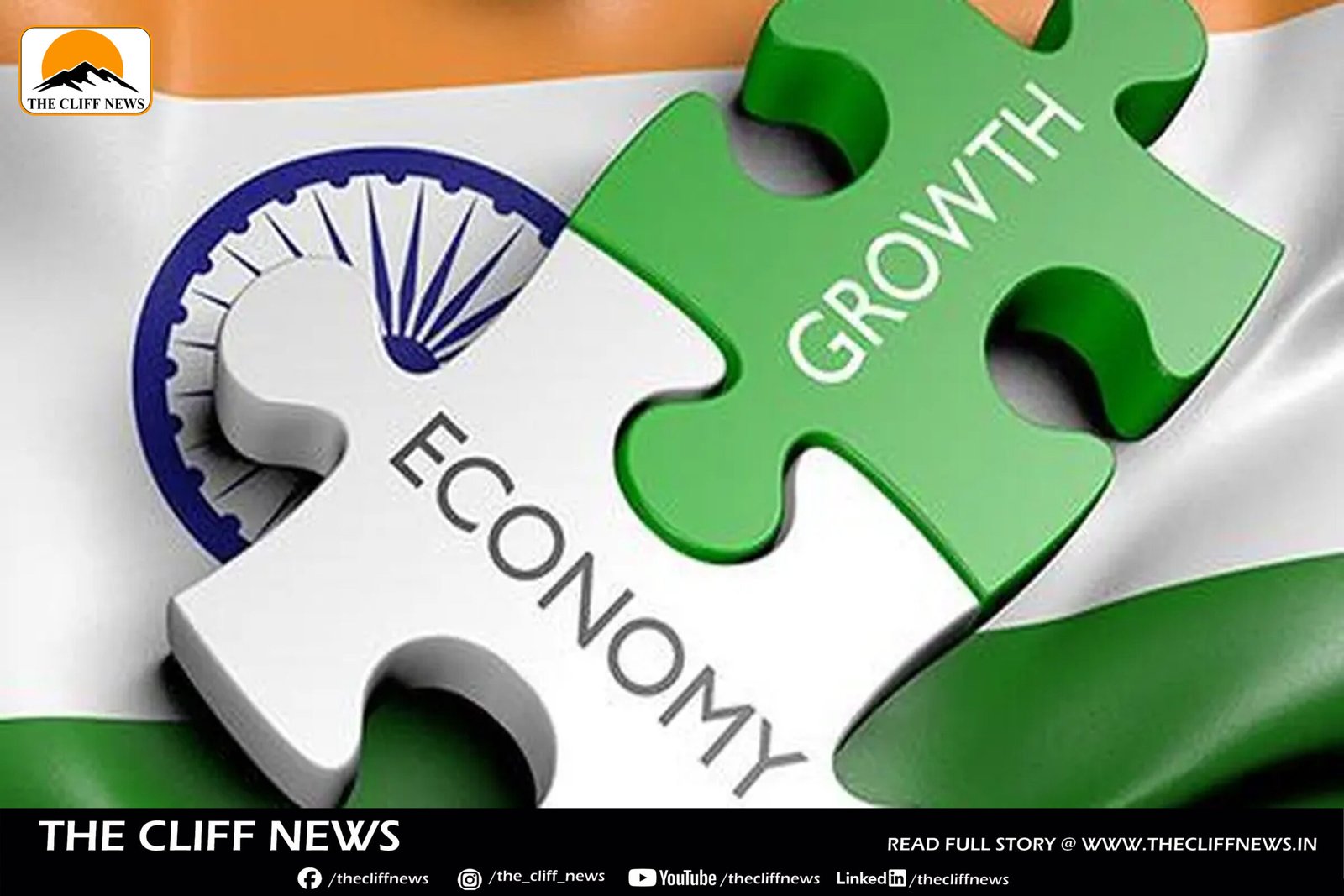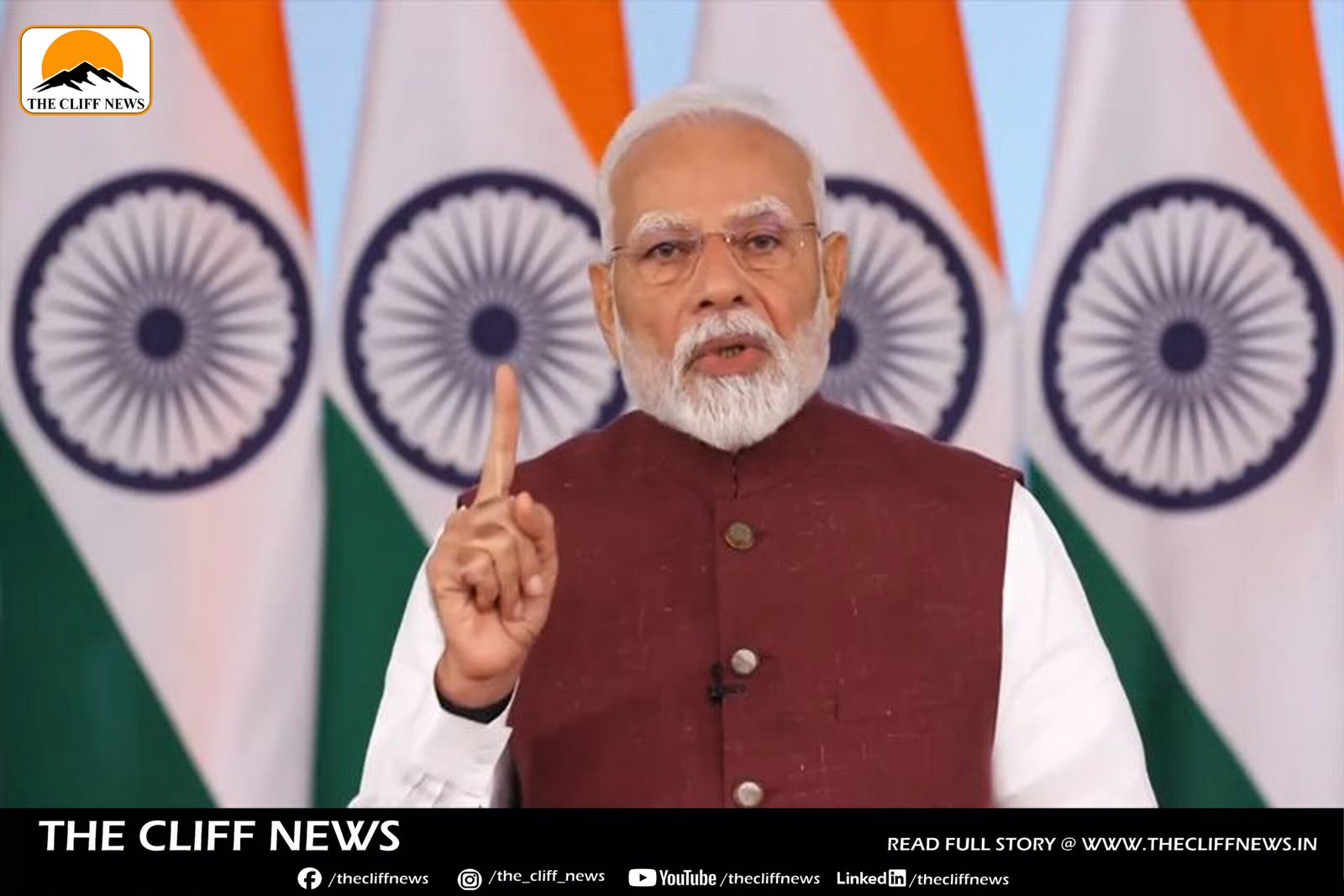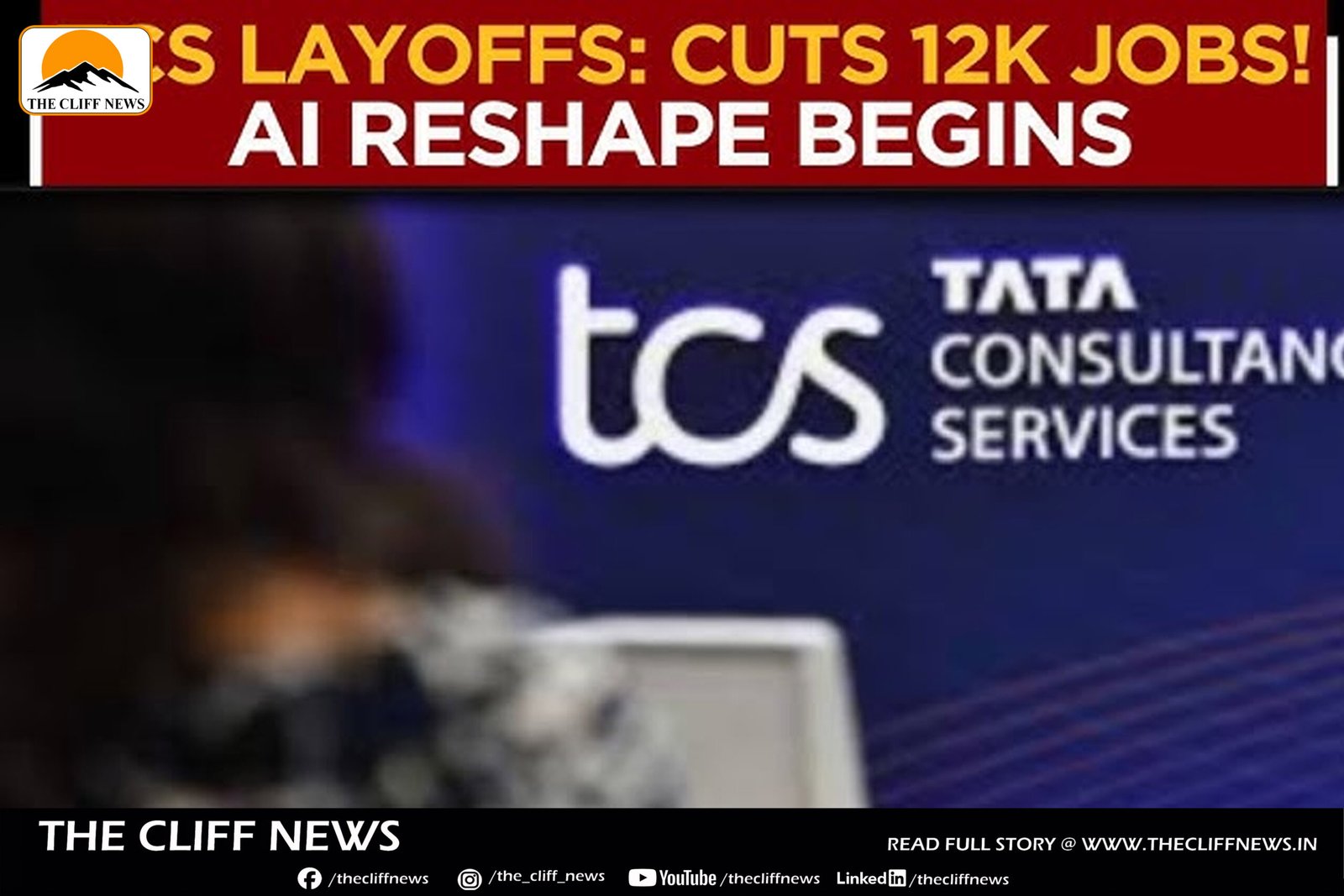India’s wholesale inflation cooled further to 0.85% in April 2025, down sharply from 2.05% in March, reaching a four-month low, government data revealed on Wednesday. The decline was driven by a contraction in primary articles and fuel prices, although inflation in manufactured goods continued to rise.
🔍 Key Highlights:
- Wholesale Price Index (WPI):
- April 2025 (YoY): 0.85%
- March 2025 (YoY): 2.05%
- Sequential change (MoM): -0.19%
- Drivers of Inflation in April:
- Price increases in:
- Manufacture of food products
- Other manufacturing categories
- Chemicals and chemical products
- Machinery and transport equipment
- Price increases in:
- Manufactured Products Inflation (60% WPI weight):
- Rose to 2.62%
- Primary Articles Inflation:
- Contracted to 1.44%, down from 0.76% in March
- Fuel and Power:
- Contracted 2.18%, after a marginal growth of 0.20% in March
🍅 India’s “Kitchen Inflation” – A Breakdown
Food prices contributed significantly to the cooling trend:
| Item | April Inflation | March Inflation |
|---|---|---|
| Vegetables | -18.26% | -15.88% |
| Onions | 0.20% | 26.65% |
| Potatoes | -6.77% | 27.54% |
| Pulses | 5.57% | -2.98% |
| Cereals | 3.81% | — |
🏦 RBI’s Inflation Outlook for FY26
India’s retail inflation also eased to a 69-month low of 3.16% in April, from 3.34% in March, offering relief to households.
The RBI Monetary Policy Committee (MPC) has revised its inflation projection for FY2025–26 to 4%, down from 4.2% in February.
Quarter-wise projections for FY26:
- Q1: 3.6%
- Q2: 3.9%
- Q3: 3.8%
- Q4: 4.4%
“There is now greater confidence in a durable alignment of inflation with the 4% target over the next 12 months,” said RBI Governor Sanjay Malhotra, crediting the sharp decline in food prices for the improvement.
📈 Conclusion
Both wholesale and retail inflation indicators suggest a broad-based cooling of price pressures in the Indian economy, creating room for monetary policy stability and boosting consumer confidence. However, analysts warn that geopolitical risks and climate impacts on agriculture remain key variables for future trends.



